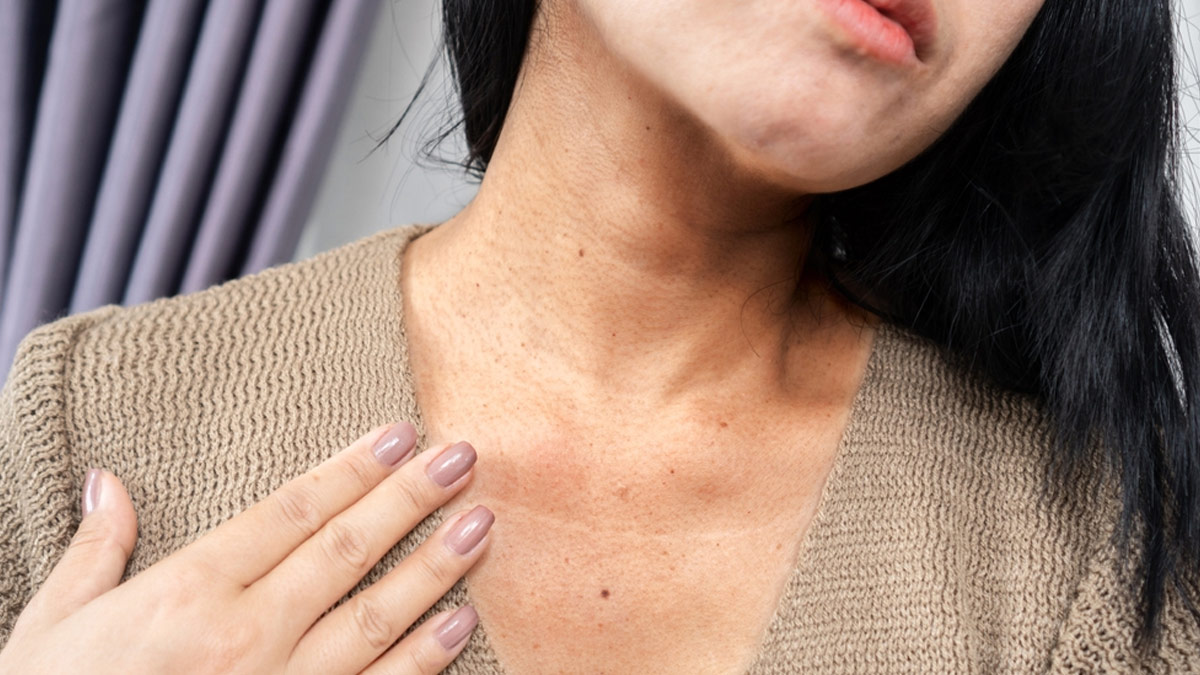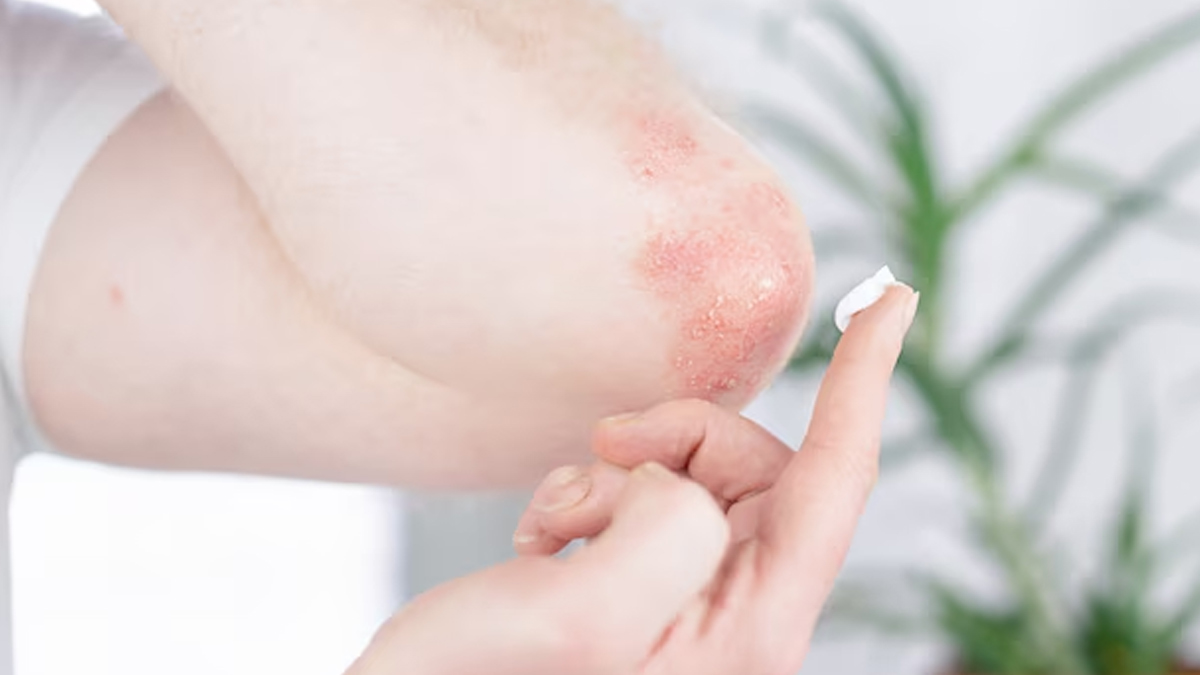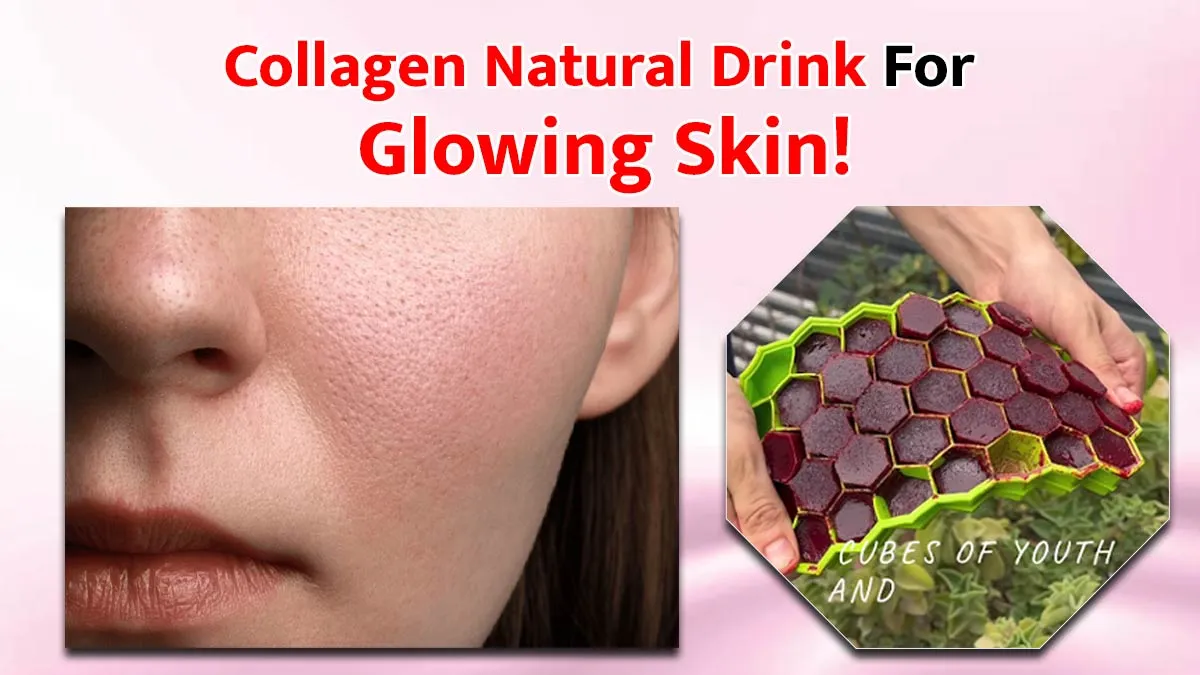Obesity And Skin Health: 7 Conditions To Watch Out For
Obesity is usually talked about as being related to heart disease, diabetes, or arthritis. But what many people do not know is that excess weight can also affect the skin. From fungal infections to skin pigmentation changes, the skin usually mirrors what is happening within the body, and in obesity, the messages can be loud and persistent.

This is one of the most apparent signs of skin obesity. Acanthosis nigricans manifests as dark, thickened, velvety skin, usually on the knuckles, armpits, groin, or neck. It's not harmful in itself but indicates underlying insulin resistance, which is usually present along with obesity.
A 2024 review in the Journal of Obesity-associated Morbidity reports that among obese adults attending weight management clinics, up to 74% had acanthosis nigricans, compared to much lower prevalence in non-obese individuals.
Those little, soft bumps that tend to appear on the neck, armpits, or eyelids? They're skin tags, and they occur in individuals who are obese. They're usually harmless but can be irritating if they rub against clothing or get scratched.
They're also more than cosmetic. A cross-sectional study of Irish adults with morbid obesity noted that nearly 85% of participants had skin tags, and those individuals also showed significantly higher HbA1c, blood pressure, and diabetes prevalence.
Skin folds trap sweat, heat, and friction, all of which create the perfect storm for intertrigo, an inflammatory rash that often occurs under the breasts, abdomen, groin, or armpits. The area may appear red, and sore, and can become infected with bacteria or fungi if left untreated.
Obesity increases the amount and thickness of skin folds, raising the likelihood of developing intertrigo. Cleaning these areas, using anti-fungal powders, or barrier creams may prevent flare-ups.

Candida prefers warm, humid environments, something more common in obese patients due to increased sweating and skin folds. Candidiasis, especially in the breast area, thigh creases, or groin, is a common complaint. A 2021 study found that obese adults were almost twice as likely to have chronic superficial fungal infections as those with normal BMI.
HS is a long-term inflammatory skin condition marked by painful nodules, abscesses, and scarring in areas with high friction, such as the armpits, groin, and under the breasts. It is more prevalent in people who are obese because of greater skin friction and hormonal influences.
Though the exact cause is unknown, studies show that both obesity and smoking are significant risk factors for HS. Weight management, along with early dermatological care, can significantly improve outcomes.
Rapid weight gain stretches the skin, damaging collagen and elastin fibres. This leads to stretch marks, often seen on the abdomen, thighs, buttocks, or upper arms.
While not harmful medically, stretch marks can affect a person's body image and self-confidence. Although no treatment is a complete solution, alternatives, such as retinoid creams or laser treatments can minimise their appearance.
Obesity is linked to impaired wound healing through compromised circulation, inflammation, and increased susceptibility to infection. Even minor cuts or surgical wounds will take longer to heal and have a greater tendency for complications in obese subjects.
It can be especially problematic for diabetics, where decreased wound healing can produce ulcers or infections that can escalate rapidly if not treated.
The key to managing these skin conditions lies in a combination of medical attention, hygiene, and overall health improvements:
[This article contains information for informational purposes only. Hence, we advise you to consult your professional if you are dealing with any health issue to avoid complications.]
You may also like...
Diddy's Legal Troubles & Racketeering Trial

Music mogul Sean 'Diddy' Combs was acquitted of sex trafficking and racketeering charges but convicted on transportation...
Thomas Partey Faces Rape & Sexual Assault Charges

Former Arsenal midfielder Thomas Partey has been formally charged with multiple counts of rape and sexual assault by UK ...
Nigeria Universities Changes Admission Policies

JAMB has clarified its admission policies, rectifying a student's status, reiterating the necessity of its Central Admis...
Ghana's Economic Reforms & Gold Sector Initiatives

Ghana is undertaking a comprehensive economic overhaul with President John Dramani Mahama's 24-Hour Economy and Accelera...
WAFCON 2024 African Women's Football Tournament

The 2024 Women's Africa Cup of Nations opened with thrilling matches, seeing Nigeria's Super Falcons secure a dominant 3...
Emergence & Dynamics of Nigeria's ADC Coalition

A new opposition coalition, led by the African Democratic Congress (ADC), is emerging to challenge President Bola Ahmed ...
Demise of Olubadan of Ibadanland
Oba Owolabi Olakulehin, the 43rd Olubadan of Ibadanland, has died at 90, concluding a life of distinguished service in t...
Death of Nigerian Goalkeeping Legend Peter Rufai

Nigerian football mourns the death of legendary Super Eagles goalkeeper Peter Rufai, who passed away at 61. Known as 'Do...

-1752152575775.webp)


